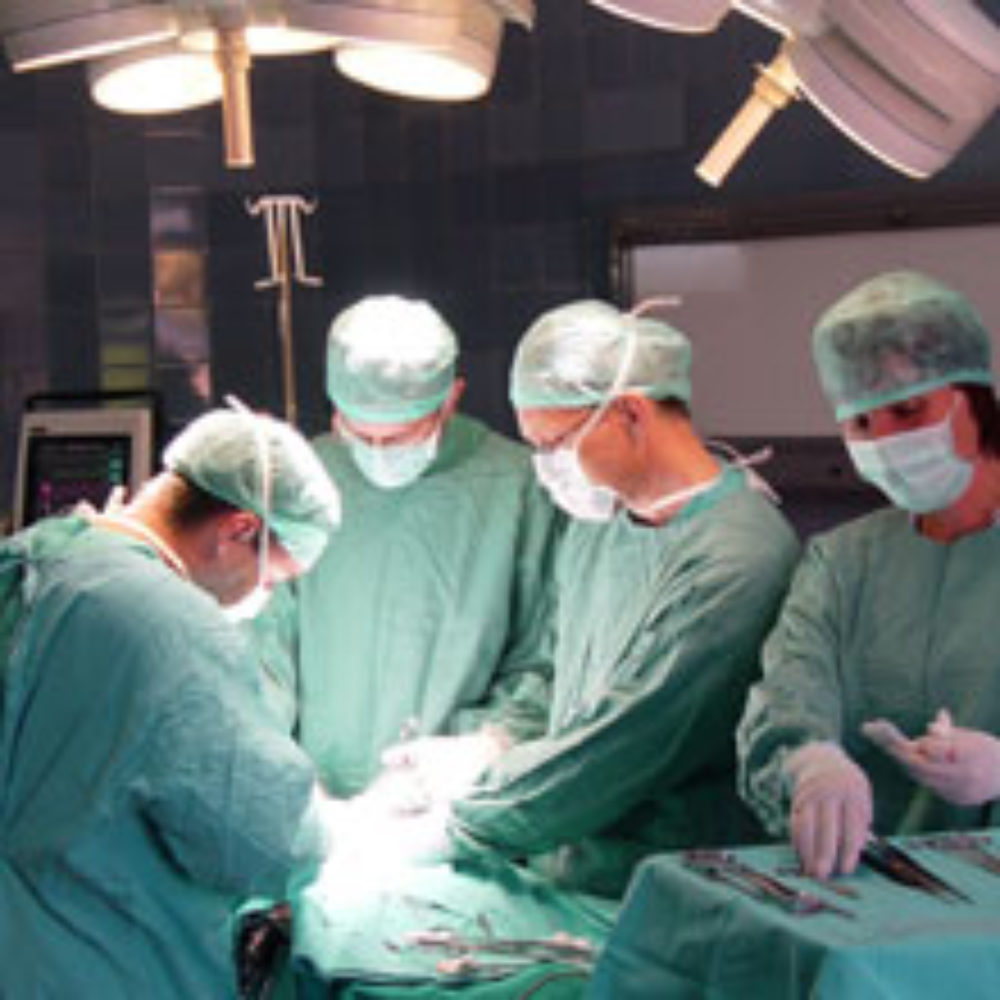Power Morcellation Technique May Reduce Risk of Cancer Spreading

Amid continuing concerns about the risk of cancer spreading from power morcellation during laparascopic hysterectomies and uterine fibroid removal, a doctor indicates that he has developed a surgical technique that may reduce the risk and make morcellators practical and safe.
Power morcellators are surgical devices used in recent years during minimally invasive procedures, allowing surgeons to cut up the uterus or uterine fibroids into small pieces that may be removed through a port incision. This is designed to reduce the risk of complications and shorten recovery time following a hysterectomy or myomectomy.
Over the past year, a growing number of hospitals have stopped using the devices due to the risk that morcellation may cause cancerous tissue to be spread throughout the peritoneal cavity for women with unsuspected sarcoma contained within the uterus, quickly upstaging the cancer within a matter of days or weeks.

Learn More About
Power morcellators used during a laparoscopic hysterectomy or uterine fibroid surgery may cause the spread of aggressive cancer.
Learn More About this Lawsuit SEE IF YOU QUALIFY FOR COMPENSATIONIn April, the FDA issued a statement urging doctors to stop using power morcellators during hysterectomy and myomectomy procedures for uterine fibroid treatment, indicating that about 1 in 350 women undergoing the surgery may have unsuspected sarcoma, which can not be detected before the procedure.
Some groups have suggested that doctors should use specimen collection bags with power morcellation to contain potentially cancerous tissue. However, many doctors have found that the bags are unreasonably difficult to use and may not be effective.
In a report published by Ob. Gyn. News on June 16, a step-by-step morcellation technique was provided for using surgical bags with power morcellators in a way that could prevent tissue from being spread around a woman’s body cavity.
“In the past, specimen containment bags were used for morcellation, but the bags would adhere to tissue and would be easily cut or would tear or rupture,” the article notes. “Without proper space and visualization, surgeons could not break tissue into smaller fragments without endangering the bag or the structures behind the bag. We were safely and precisely disconnecting tissue in our surgeries, but falling short with tissue removal.”
One of the main solutions, the authors determined, was to create an artificial pneumoperitoneum, or a pocket of air in the peritoneal cavity, inside the bag itself, giving doctors room to maneuver and improving their ability to see what they are doing.
The doctors said they will soon publish their findings in a multicenter analysis, which is currently being prepared. One of the doctors said he is also working on getting a morcellator approved that already includes the surgical bag that will open automatically and assist with catching debris.
Power Morcellator Cancer Concerns
In recent weeks, a number of power morcellator lawsuits have been filed against manufacturers of these devices by women diagnosed with the spread of leiomyosarcoma (LMS), endometrial stromal sarcoma or other uterine cancers spread during laparoscopic or robotic hysterecomy and fibroid removal procedures.
Plaintiffs allege that as they are currently sold, power morcellators are unreasonably dangerous and defective. Many lawsuits claim that the manufacturers should have included collection bags at the time they were introduced, but suggest that manufacturers knew doctors would be less inclined to use morcellators if they had to deal with the current difficulties associated with tissue collection bags.
Women diagnosed with the spread of cancer and their families also allege that they may have avoided upstaging cancer if they had been provided with information about the risk, since a number of alternative treatment options are available for women with symptomatic uterine fibroids, including traditional surgical hyesterectomy performed vaginally or abdominally, catheter-based blocking of the uterine artery, high-intensity focused ultrasound, drug therapy and laparoscopic hysterectomy or myomectomy without use of morcellation.
Following the FDA warnings, many hospitals have already announced that they will not use power morcellators until a medical consensus on the safest way to use the devices is reached. In addition, Johnson & Johnson’s Ethicon division, the largest manufacturer of the devices, has stopped power morcellator sales.
Next month an FDA advisory committee is scheduled to meet to discuss what the medical community should do about power morcellators and whether there is a safe way to use them for uterine fibroid removal.
Get more articles like this sent directly to your inbox.
"*" indicates required fields






0 Comments